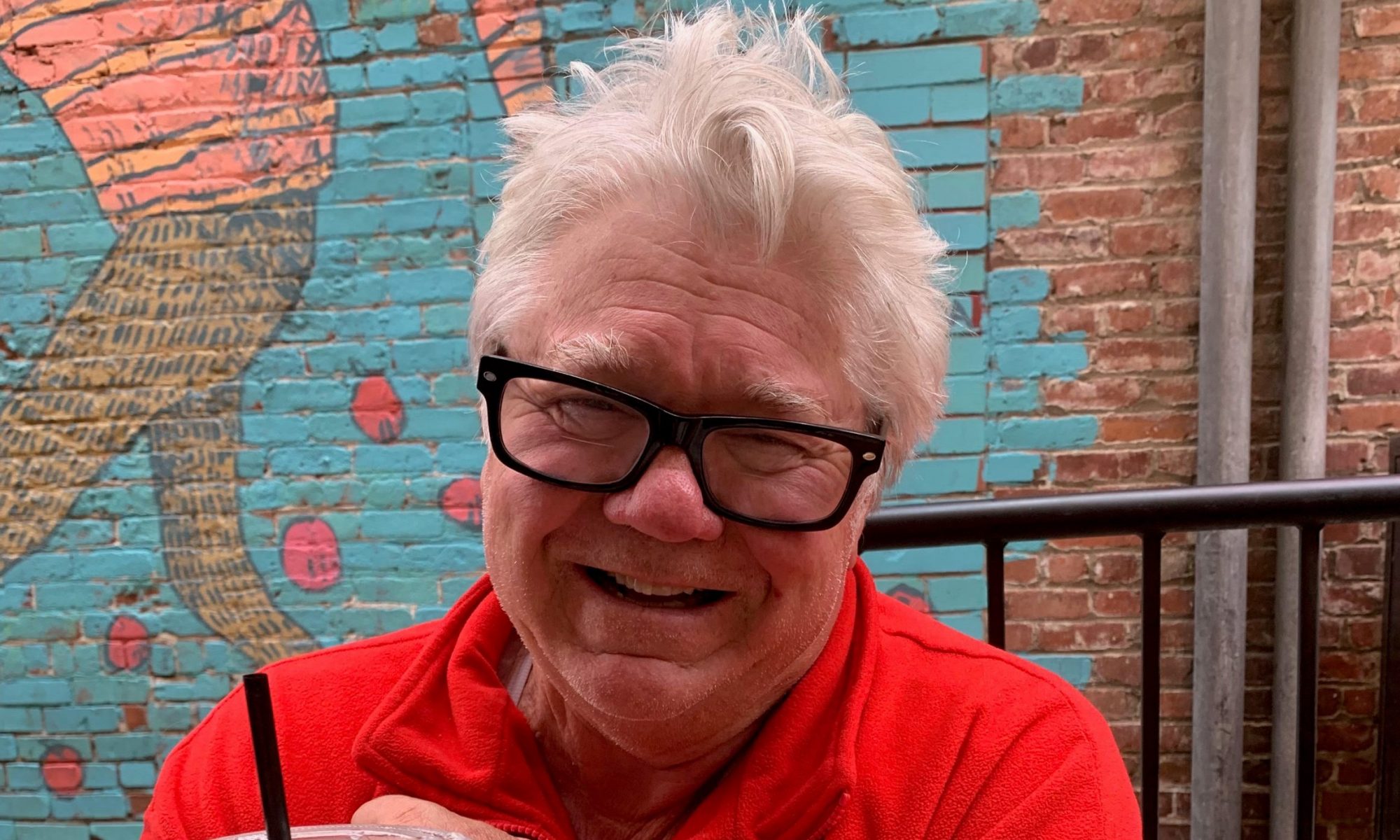Redlands Connection is a concoction of sports memories emanating from a city that once numbered less than 20,000 people. From the Super Bowl to the World Series, from the World Cup to golf’s U.S. Open, plus NCAA Final Four connections, Tour de France cycling, major tennis, NBA and a little NHL, aquatics and quite a bit more, the sparkling little city that sits around halfway between Los Angeles and Palm Springs on Interstate 10 has its share of sports connections. – Obrey Brown
Mike Darnold, as I remember, was a soft-spoken, seemed-to-recall type of player who blended right into his college football team.
An offensive lineman. I want to say he was a right tackle.
In those days, the mid-1980s, the head coach at the University of Redlands was Ken Miller, who has a nice Redlands Connection resume of his own – a Bulldog play-calling specialist when he returned to the Bulldogs as an assistant. That came before a brilliant career in the Canadian Football League in Toronto, Montreal and Saskatchewan.
As for Mike Darnold, a spot playing offensive line for a small college team in out-of-the-way Redlands was certainly not a pre-signal to raising a son that would turn heads in both college football and the 2018 NFL draft.
That son is Sam Darnold. USC. Heisman Trophy candidate. Possible No. 1 NFL draft choice. A legend, perhaps, in the making.

You can never tell. Quarterback John Fouch, a Redlands High School product who took off for Arizona State in 1976, transferred back to his small-town university. He played Bulldog football for two years. A few decades later, his shotgun-throwing son, Ronnie, turned up at Washington and, later, Indiana State.
I always thought John was one of the greatest local athletes I’d ever seen. Track/football’s Patrick Johnson (Super Bowl, Baltimore Ravens, soccer’s Landon Donovan (Olympics, World Cup, European and USA pro soccer) and Heather Aldama, football’s Kylie Fitts and Chris Polk, plus softball’s Savannah Jaquish, to name a few, were among some of the others.
Ronnie Fouch tried hard – got into a couple NFL pre-season camps – but he never found that desired roster spot.
Mike Darnold’s kid did, though.
Boy, Sam turned up the heat in playing QB from his Orange County prep spot – San Clemente High School.
Instead of a career playing small-college teams from Whittier, Claremont-Mudd, Azusa-Pacific and La Verne, which were the stops on Mike’s playing career schedule for Redlands, his son was playing the likes of UCLA, Penn State, Notre Dame and teams from Arizona, Washington, Colorado and Oregon.
“Some have asked about Mike,” said current Bulldog coach Mike Maynard, “but he was before my time.”
Which is fairly hard to believe since Maynard arrived in 1988 – that’s 30 years!
It was Miller who recruited Mike Darnold to Redlands.
Miller, who assisted Maynard until leaving Redlands in 2000 after a brilliant career as a Bulldog offensive and defensive play-caller, turned the Canadian Football League on its ear. He led the Saskatchewan Rough Riders to 2009 and 2010 Grey Cup championships. Miller distinguished himself in so many ways while also working for Toronto and Montreal.
Mike Darnold, a 6-foot-2, 225-pound blocker, came from Dana Hills High School, another high school from the O.C. These days, he’s a foreman for a gas company. He’s done plumbing.
After Redlands, he went off and got married to Chris, who played volleyball at Long Beach City.
Their older daughter, Franki, was good enough to play volleyball at University of Rhode Island.
It’s an athletic family.
A former Bulldog hero, Brian De Roo, who made it to the NFL, said he rented out his Redlands home on nearby Campus St. to Darnold, among others.
“They lived at my home,” he said, “the summer after they had all graduated. They were working on the grounds crew and needed a place to lay their heads.”
De Roo tried to contact Mike Darnold on his son’s good fortune, “and say congrats … he’s pretty private!”
Redlands, during Mike Darnold’s day, was scrambling to rebuild a football empire. Budgets had crumbled on campus. Women’s athletics were crawling into the scene. Instead of acquiring their own budgets – coaches, assistants, all the necessary expenses for various teams – athletic money was split instead of doubled.
Miller had no fulltime assistant coaches. Plus, he was asked to coach the baseball team. Recruiting two major sports? Please.
Miller did land a couple of major college transfers – lineman Tom Gianelli from UCLA and fullback Scott Napier from Nebraska, where he was teammates with future NFL great Roger Craig.
It wasn’t enough.
Mike Darnold played alongside some good players, but Occidental College wore down everyone during the 1980s. While he was never an all-conference player, it’s hard to land players onto those elite post-season teams when your own team finishes, say, 0-9.
Over a decade after Mike Darnold left Redlands, Sam Darnold was born.

















